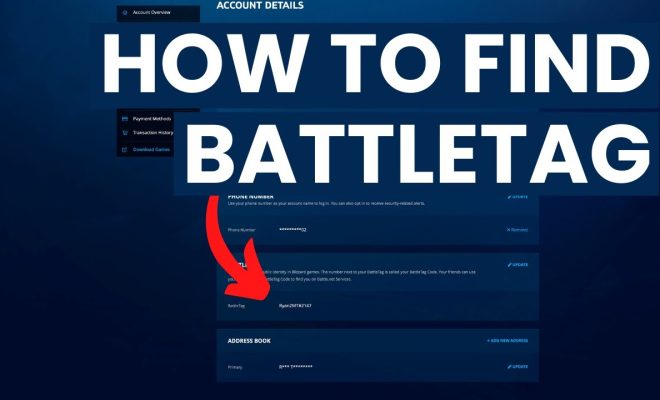How to Secure Your Portable Wi-Fi Hotspot

As the usage of portable Wi-Fi hotspots increases, it is important to ensure that they are secured to prevent unauthorized access to data. A portable Wi-Fi hotspot is a router, which allows users to create a secure and password-protected Wi-Fi network to share an internet connection with several devices. While this offers flexibility and mobility, it also creates potential security vulnerabilities for users. As such, it is essential to learn how to secure your portable Wi-Fi hotspot.
Here are some practical tips to help secure your portable Wi-Fi hotspot.
1. Choose a strong password
Passwords are the first line of defense against unauthorized users. When setting up your portable Wi-Fi hotspot, choose a strong and unique password that is not easy to guess. A strong password should have at least 12 characters, including letters, numbers, and special characters.
2. Enable WPA2 encryption
Wi-Fi Protected Access 2 (WPA2) is the most secure encryption protocol for wireless networks. Ensure that your portable Wi-Fi hotspot is using WPA2 encryption to protect data transmission between devices.
3. Change the default SSID
The Service Set Identifier (SSID) is the name of your Wi-Fi hotspot. Change the default SSID to a unique name that is not related to your personal information, to make it more difficult for hackers or attackers to identify your network.
4. Keep firmware up to date
Ensure that the firmware of your portable Wi-Fi hotspot is up to date. Software updates typically include security patches that address vulnerabilities and improve performance.
5. Enable MAC address filtering
Media Access Control (MAC) address filtering restricts access to your Wi-Fi network to specific devices. Enable MAC address filtering and add the MAC address of authorized devices to the allowed list.
6. Disable Wi-Fi Protected Setup (WPS)
Wi-Fi Protected Setup (WPS) is a feature that allows quick and easy connection to a Wi-Fi network. However, WPS has several security flaws, which makes it easy for attackers to gain unauthorized access to your network. Disable WPS on your portable Wi-Fi hotspot to prevent unauthorized devices from connecting.
7. Disable guest network access
Some portable Wi-Fi hotspots provide an option to create a guest network. However, guest networks are often less secure than the primary network and may not have the same level of encryption. Disable guest network access to prevent potential security breaches.
In conclusion, securing your portable Wi-Fi hotspot is crucial to prevent unauthorized access and protect your sensitive data. By following the above tips, you can ensure that your portable Wi-Fi hotspot is secure and provides a safe and reliable internet connection for your devices.





